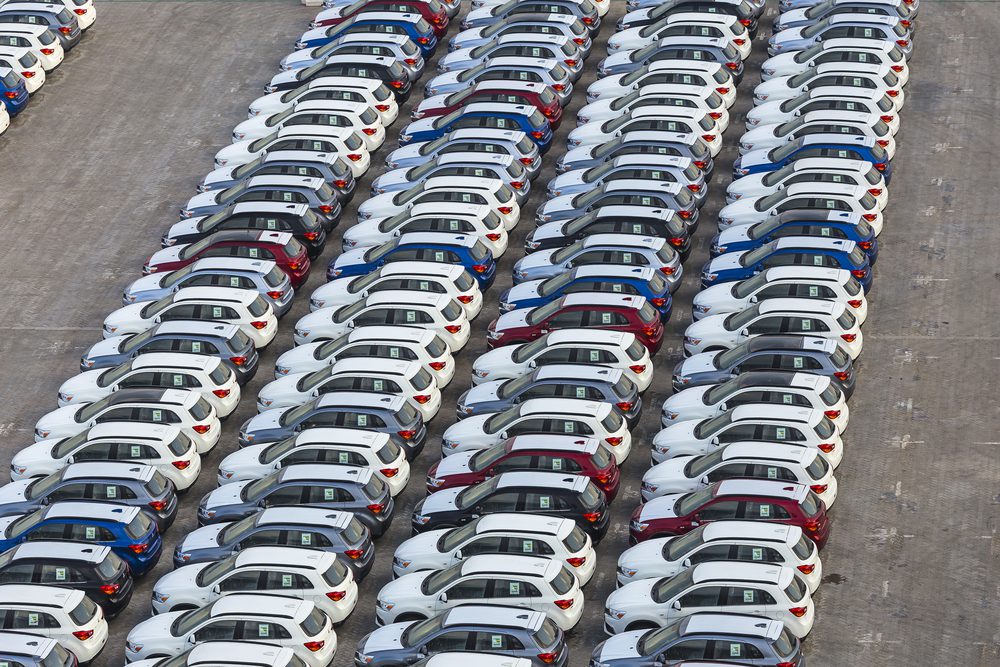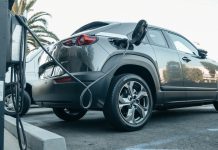Recently Edmunds released a report looking at car buying trends for 2018 and forecasting projected sales. They looked comprehensively into patterns across several years and into different areas of automotive retail and graphed the data to discover what dealerships might expect for the tail end of this year. The results? Though things are looking up for auto sales right now, dealerships should be prepared for a slump.
Looking at the data provided by the report, one might at first think there’s reason to be optimistic. Sales in 2017 had dropped for the first time since 2008, down to 6.98M from the previous year’s 7.13M in sales. This year we’re looking at that number going back up, with 7.06M so far. So one would be forgiven for thinking the pendulum is swinging back up. However, the report notes, that number-7.06M-should give people pause: though in comparison to 2017 all numbers are up, when comparing individual months to one another this year, numbers fluctuate widely enough to be a cause for concern.
There is a reason numbers are up for 2018, according to Edmunds. The most significant factor is strong production and record incentives. Both are up, and in May both production and incentive spending surpassed the previous record high last seen in 2009. A healthy economy, seen through increased employment, has also bolstered the industry, making people, especially millennials, more comfortable with buying than they have in past years. Until now millennials have been notoriously wary of making new car purchases, however in 2018 21% of their car buys were of new cars.
However, these numbers are not cause for celebration. Much like the housing crisis of 2008, right now the US car market is oversaturated with cars. And though millennials have finally begun buying their own vehicles, their purchases are not going to be enough to stop the bubble from bursting. According to Jeremy Acevedo, an Edmunds’ industry analysis manager, “The strength of the economy is creating a very thick forcefield for automakers now, but once that starts to weaken, there are a lot of market factors bubbling just below the surface that could really start to slow down sales.”
Some of those factors include people owing more than their car’s value coupled with high vehicle prices and rising interest rates. In May, interest rates reached a nine-year high at 5.75% – up dramatically from last year’s 4.5%. And while the percentage of people who owe more than their car is worth is down 1% from last year’s 14.2, 14.1% is still nothing to sneeze at.
Looking to the rest of the year, Edmunds predicts the above-noted inconsistency trend to continue. New car and truck sales will be up, they project, in comparison to June 2017. However, while they’re up from last year, that increase is actually a decrease when compared to new car sales in May 2018.
“June sales look a bit healthier than they actually are because there was an additional selling day and weekend this year,” said Acevedo. “On a daily selling rate basis, June sales were actually lower than last year. This is exactly in line with how the rest of this year has gone: Sales look strong, but there are other factors at play that make this success a bit fragile.”
Dealerships should study the Edmunds report to get a realistic view of where the market is headed so they can better invest their energies. Following the patterns should help them anticipate the market, allowing them to make choices that reflect the reality of time, rather than the momentary upticks.








